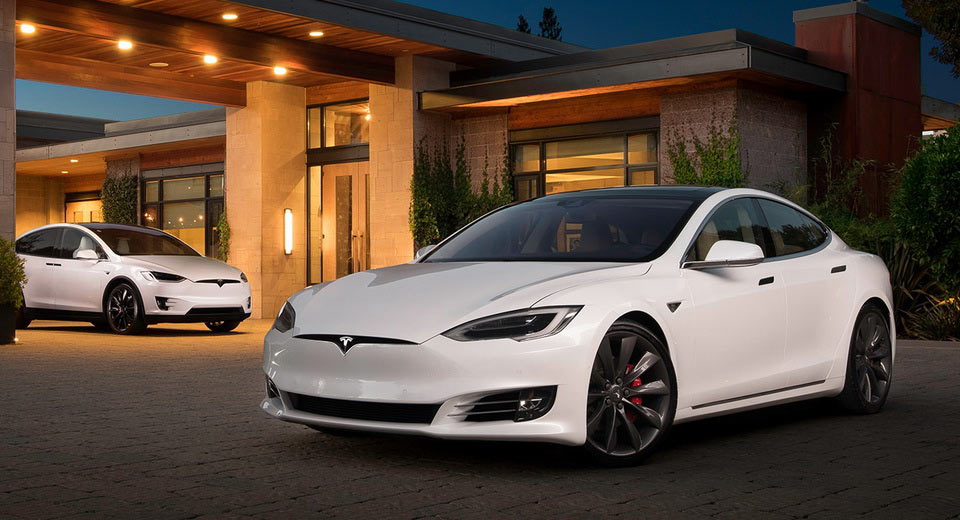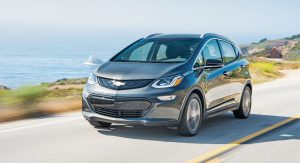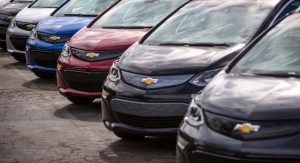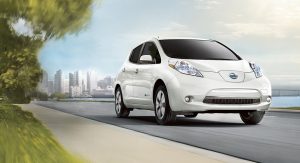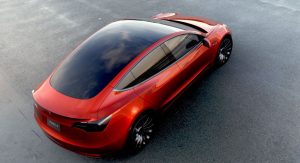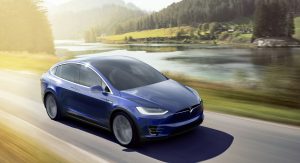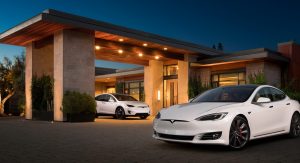Right now, there’s no denying that Tesla is leading the race at electric vehicles, at least in the United States.
In spite of their price tags, which are anything but affordable, the Model S and Model X command an impressive 31 percent in the EV segment through November this year.
The Model S is the best-seller, with 25k, and the Model X is in third place overall, with a little over 15k. And then there’s the Model 3, of course, which has convinced almost 400,000 people to wait in ques and place an order a year before it actually goes on sale.
On the other hand, the world’s best-selling electric vehicle so far is the Nissan Leaf, which has been in production for the past six years, yet it has fallen short of the company’s initial expectations. Moreover, by now almost all automakers are jumping on the EV bandwagon. After Dieselgate, the VW Group is going for electrification big time, GM has already started (slowly) rolling out the Bolt , Toyota has decided it should roll out EVs, too, and not just hybrids and hydrogen-powered models – even cash-strapped FCA is giving it a go.
Tesla has been touted as the Apple of the automotive industry; and this comparison seems valid, as they both sell upmarket products that people are lining up to buy despite their pricing. There’s one big difference, though: people keep their cars far longer than their smartphones or laptops, and since they pay much more, they also factor in many other things.
Will the Model 3 be the game-changer that Elon Musk hopes? For sure, as The Wall Street Journal points out, you can’t expect to make it in the long run by selling only $70k-plus electric cars, so the $35k Model 3 is exactly what Tesla needs in order to sustain itself. Whether it will be enough to keep the competition trailing remains to be seen. After all, this race is not a 100 m sprint, but a marathon.



